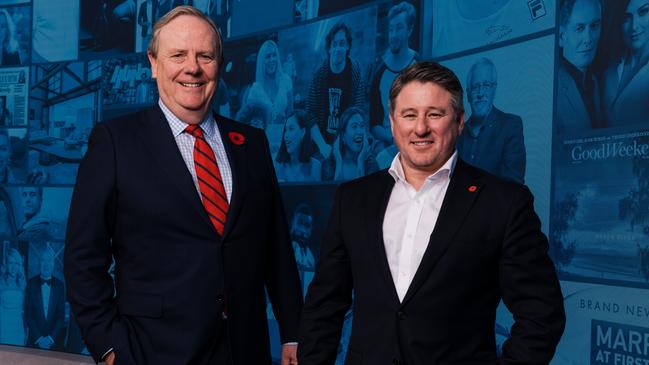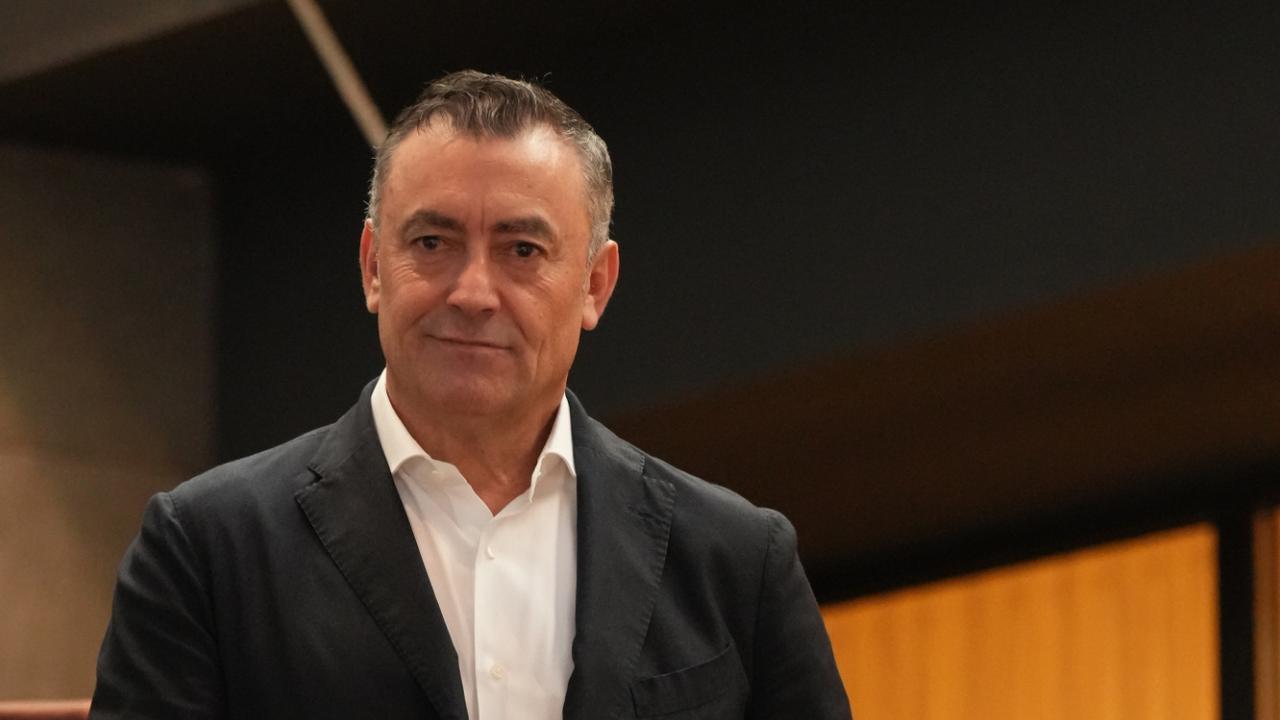Slowing economy flowing into ad market, Nine Entertainment says
Nine Entertainment says it has been a challenging start to the year, with revenues in the metropolitan TV market dropping.

Nine Entertainment’s free to air and radio advertising revenues have declined since the start of the financial year, as the challenging economy creates headwinds for the media company.
Chief executive Mike Sneesby said in his presentation to the company’s annual meeting on Thursday that while the Nine Network and primary Channel 9 are once again expected to win the metropolitan TV and on-demand ratings in all of their targeted demographics this calendar year, there were headwinds.
“The metro free to air television market ... remains challenging, with first quarter revenues down around 12 per cent,’’ Mr Sneesby said.
“While September showed some improvement on the rate of decline in July and August, Nine has seen no discernible improvement into the December quarter.
“By contrast, in the September quarter, 9Now’s revenues and the BVOD (broadcaster video on demand) market, continued to grow in the low-mid teens on a percentage basis.’’
In radio, the company’s first quarter revenues fell about 3 per cent against the same period last year, “supported by strong growth in digital revenues’’, and an increased contribution from digital streaming.
The company’s entertainment streaming service Stan is performing well however, with subscribers across entertainment and sport showing “clear growth” since the company released its financial results in August.
“We continue to expect that higher average revenue per user and paying subscribers will drive further growth in both revenue and EBITDA in FY24 for Stan,’’ Mr Sneesby said.
“Nine’s Publishing business continues to benefit from its focus on quality, differentiated
journalism, with strong digital subscription revenue growth of 12 per cent in the first quarter, slightly ahead of earlier expectations.
“Nevertheless as cited in August, given the challenging digital advertising market, we continue to expect FY24 Publishing EBITDA to be slightly ahead of the first half FY23 run-rate.’’
Mr Sneesby said Nine was focusing on cost controls in the Total Television business, and it was now expecting costs to be slightly down on the previous year, “excluding the NRL step-up and the cost of additional cricket’’.
“Ongoing cost initiatives across Total Television are expected to enable us to more than absorb inflationary costs, as well as our material investment in technology, including cyber security,’’ Mr Sneesby said.
The company’s preparations for the 2024 Paris Olympics and Paralympics were also well underway, Mr Sneesby said, with the first wave of offerings recently going to market.
“We have presented our full integrated Olympics partnerships to all International Olympic Committee and Australian Olympic Committee partners as well as a range of Australia’s largest advertisers and the results to date have been very pleasing,’’ Mr Sneesby said.
“We have a number of partnerships confirmed and we are on track to sell all major
partnership and sponsorship packages.’’
Revenue at Nine’s 60 per cent owned Domain real estate business was up about 8 per cent in the September quarter with a decline in listing volumes offset by increased revenue per sale listing.
Nine shares were 1.3 per cent higher at $1.94 in midmorning trade.






